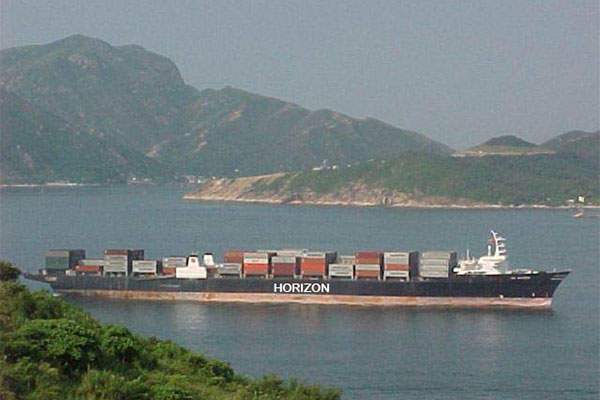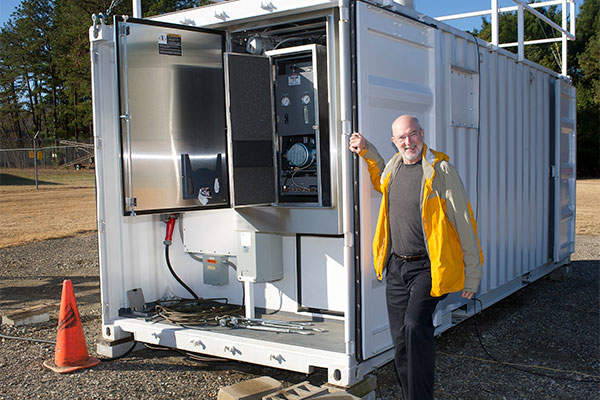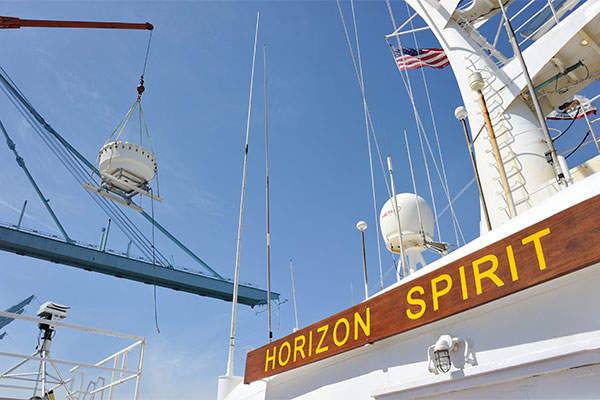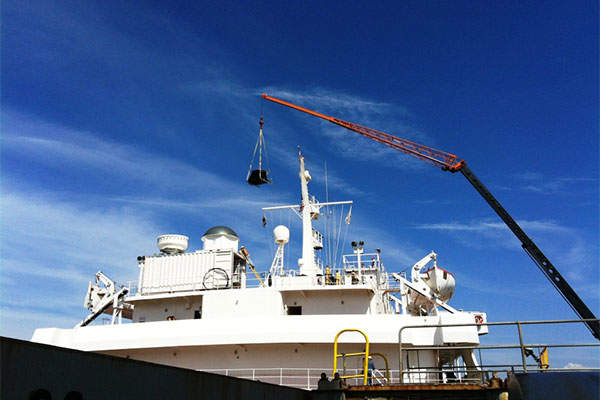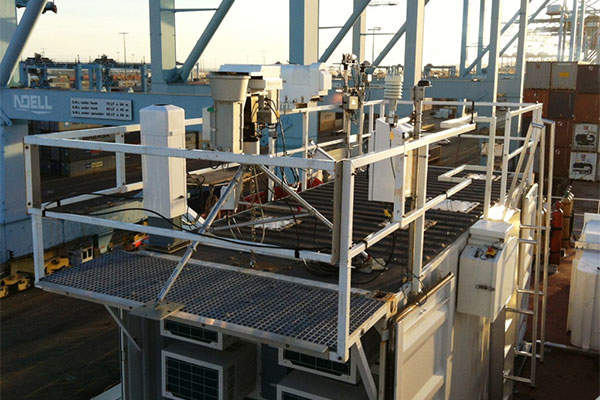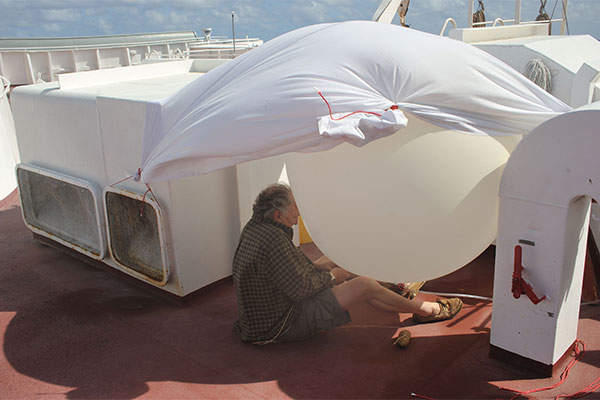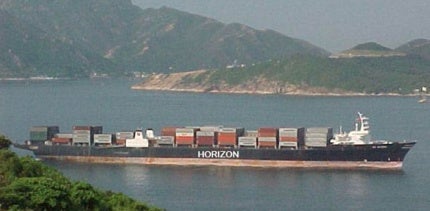
Horizon Spirit is a C9 class container ship owned by Horizon Lines. The vessel was commissioned in 1980. Major modification works were carried out on the vessel in 1990. The vessel carries the A1E, AMS class notations.
Horizon Spirit is currently installed with research equipment to serve the Marine ARM GPCI Investigation of Clouds (MAGIC) programme for the US Department of Energy (DOE). Project activities for the MAGIC programme onboard the Horizon Spirit commenced in October 2012 and ended in September 2013.
Horizon Spirit container vessel dimensions and capacity
Horizon Spirit measures 272m in length and 30m in width. It has a cargo handling capacity of 29,492t and sails at a service speed of 22kt, propelled by steam engines with a capacity of 32,000HP. The vessel operates between Los Angeles and Hawaii every two weeks, covering a distance of about 4,100km during each trip.
Horizon Spirit has a capacity to accommodate 44 persons and 24 crew members. The staterooms aboard the vessel are designed to provide extra space for work and are equipped with a bathroom each. The vessel was modified to accommodate a scientist stateroom for two technicians to monitor the research equipment on a regular basis for the MAGIC programme.
The vessel was specifically chosen for the programme due to its unique deck area, which provides space for equipment to be installed.
MAGIC programme details
MAGIC stands for the Marine ARM (Atmospheric Radiation Measurement) GPCI Investigation of Clouds. GPCI is a project aimed at comparing data from the major climate models. The programme collected data on the properties of clouds, precipitation, aerosols, infrared, visible and ultraviolet light, in meteorological and oceanographic conditions.
The project was funded by the Department of Energy’s (DOE) Office of Science, Office of Biological and Environmental Research. It studies clouds to understand their influence on weather patterns by installing the second ARM Mobile Facility (AMF2) and ancillary equipment on the container ship.
The project involved the participation of DOE’s Lawrence Livermore National Laboratory and Brookhaven National Laboratory including collaborators from NASA, Stony Brook University, and several other universities and private consultants.
The location for the research was chosen due to the types of clouds found on the ocean stretch along Los Angeles and Hawaii. The main cloud type near Los Angeles is shallow stratocumulus, which is a low-level cloud layer that produces light drizzle. The main cloud type near Hawaii is cumulus, which is a puffy vertical cloud that produces rain showers.
The project helped in providing data about the east-to-west transition between these cloud systems, the data for which war earlier limited. The measurements received from the equipment were collected by integrated data systems located in the operations areas.
An intensive observational period (IOP) for collecting data was carried out in January 2013. Another IOP was conducted in July 2013. The project also involved the launching of four weather balloons fitted with radiosondes from the vessel, per day.
Modifications to Horizon Spirit for the MAGIC programme
Modifications were carried out on the bridge deck of the vessel to secure the AMF2 hardware with stiffeners, welded mounting systems and sockets.
The vessel was equipped with the second ARM Mobile Facility (AMF2) sensors and its ancillary equipment. The research equipment included meteorological, atmospheric instruments and an aerosol observing system, which were fitted in three modified Seatainer cargo containers measuring 20ft each. Other equipment included radars which are mounted on fixed tables. The equipment was fitted on the vessel’s deck.
A SeaTainer container vessel was specifically modified with custom shocks and mounts to accommodate certain radars and antennas on its roof. A new stabilised platform was also developed to maintain the marine W-band ARM cloud radar in a steady vertical position while on the move.

